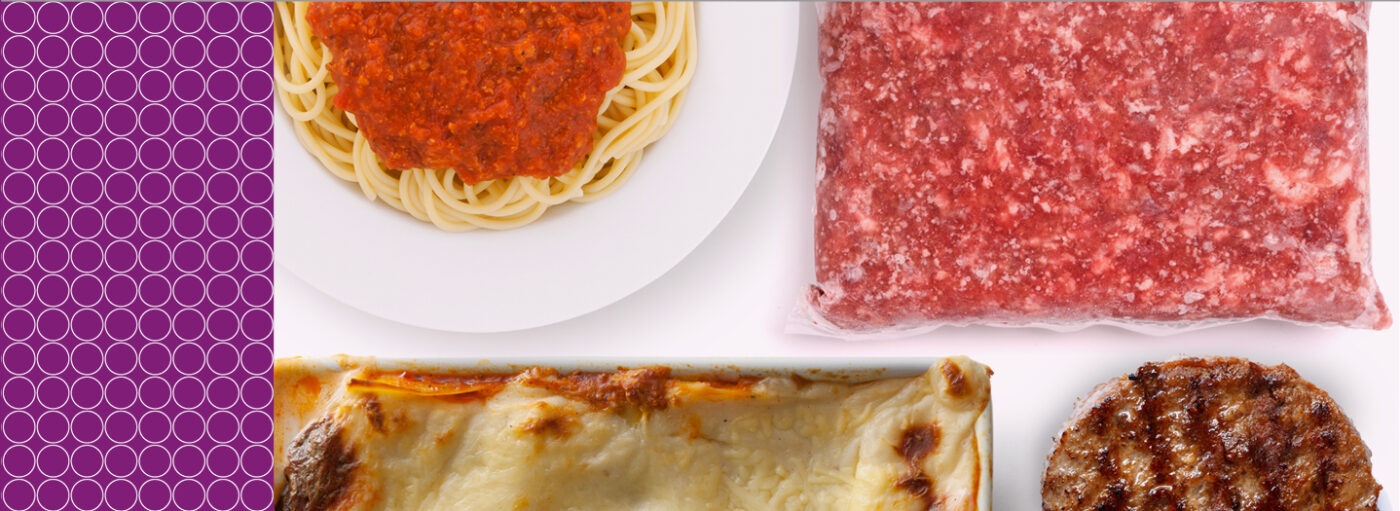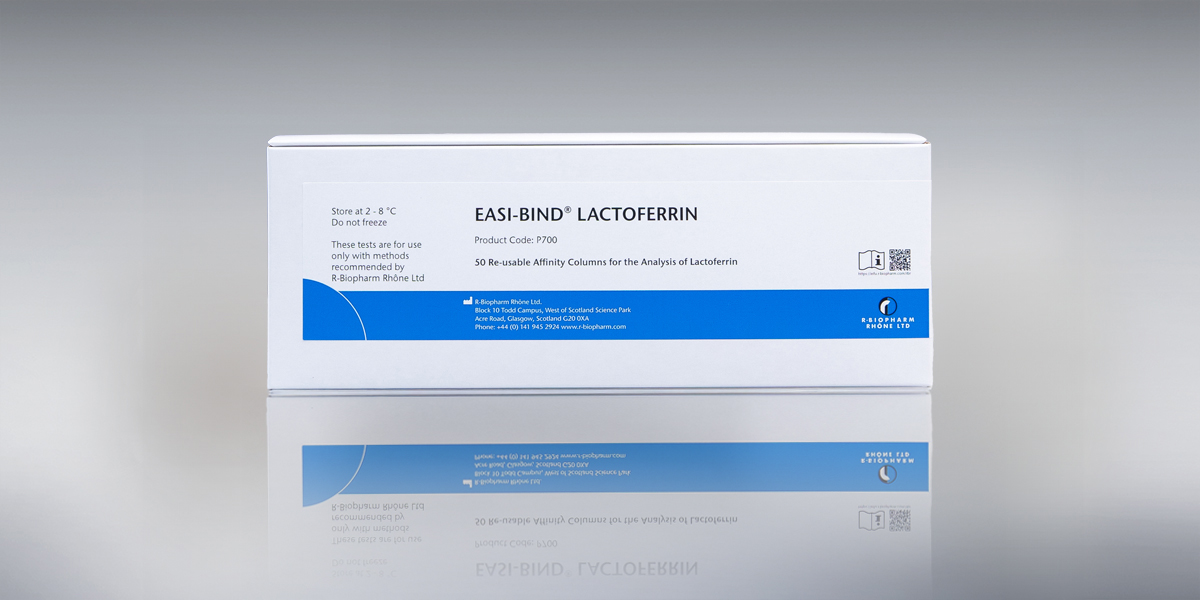
Recent news in Food & Feed Analysis
- Home
- /
- New r-biotube video: The...
New r-biotube video: The history of food coups

Horse meat in lasagna, falsely declared fish or contaminated baby food – food fraud makes headlines again and again. Companies hope to gain a financial advantage, but often endanger the health of consumers. In 2008, the Chinese melamine scandal was uncovered. At that time, producers had added melamine, a nitrogen-containing synthetic resin base, to milk products to simulate a higher protein content. 300,000 babies developed kidney failure and there were also deaths.
Other cases of food fraud also mislead consumers but are not harmful to health. Examples of this are olive oil that is diluted with hazelnut oil. Or lasagna in which beef has been replaced by horse meat.
The European Food Fraud Network of the EU Member States and the European Commission (EU FFN) has established four criteria that must be met in order to be considered “food fraud”:
- Intent
- Violation of EU food law
- Profiteering
- Deception of the consumer
- Already a dubious business model in ancient times
Food fraud is by no means a problem of recent decades. “Food fraud” has a surprisingly long tradition. After all, wine was already sweetened in ancient times. However, this method was toxic and further increased the harmful effects of alcohol on health. And it is precisely this exciting topic, food fraud and its history, that is the subject of our new video. In it, we shed light on how food fraud was perpetrated on wine and the methods used to track it down.
The Romans knew how to make wine sweeter
Romans didn’t have sugar yet, so they looked for alternatives on how to make wine sweeter. They found that must became sweeter when it was boiled in lead vessels. The lead from the kettle reacts with the vinegar in the wine to create lead acetate. And that tastes sweet!
This method, which the Romans called “sapa,” remained popular until the 17th century, because it was difficult to grow palatable wines in a sunless region. But this not infrequently led to lead poisoning among wine lovers.
Did the adulterated wine remain undiscovered?
The story about the sweet-toxic wine is not over yet. Because doctors not only found out that lead in wine is dangerous, but also developed testing methods. How did the Duke of Baden-Württemberg react to the realization that his subjects were apparently poisoning themselves?
We’ll tell you in our video. https://youtu.be/qPUL7LXvkzU


